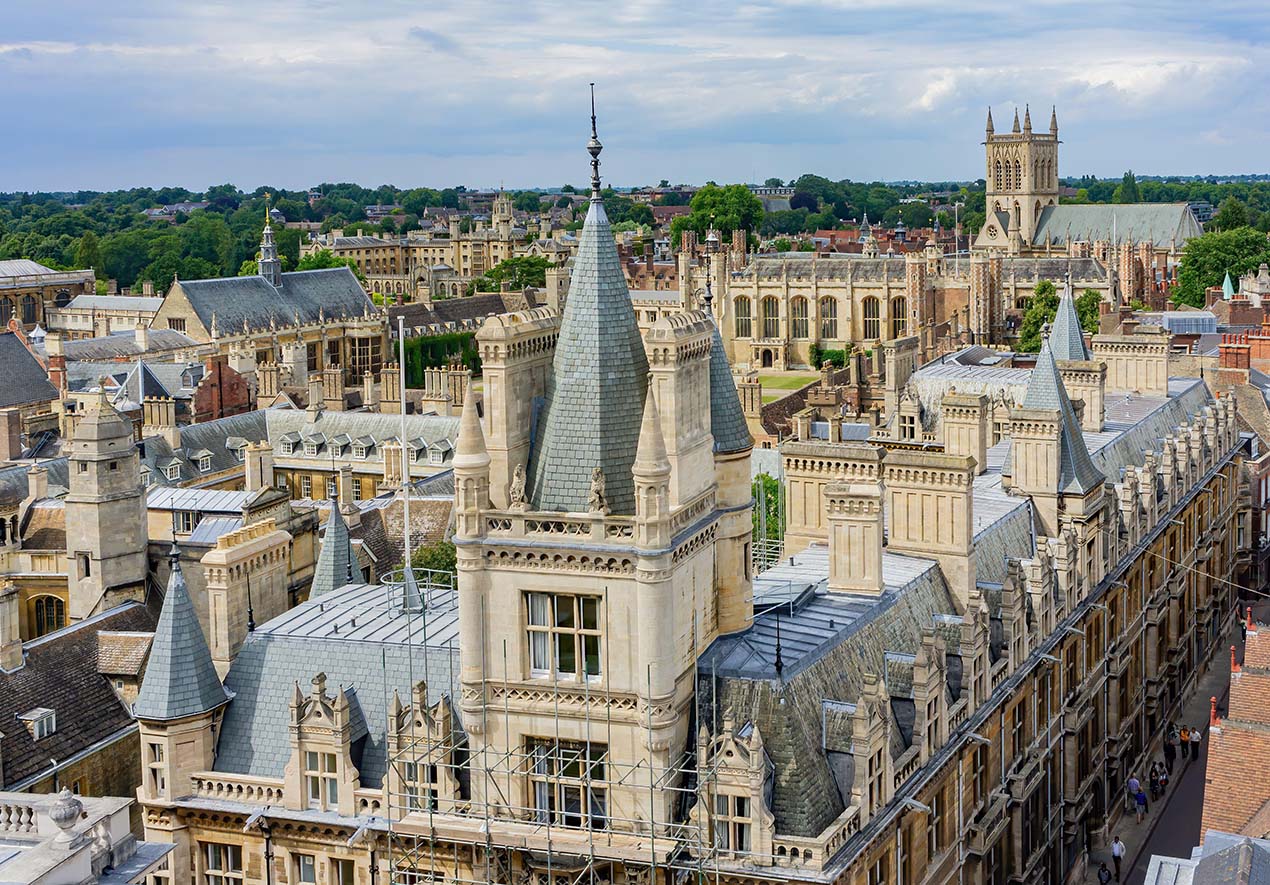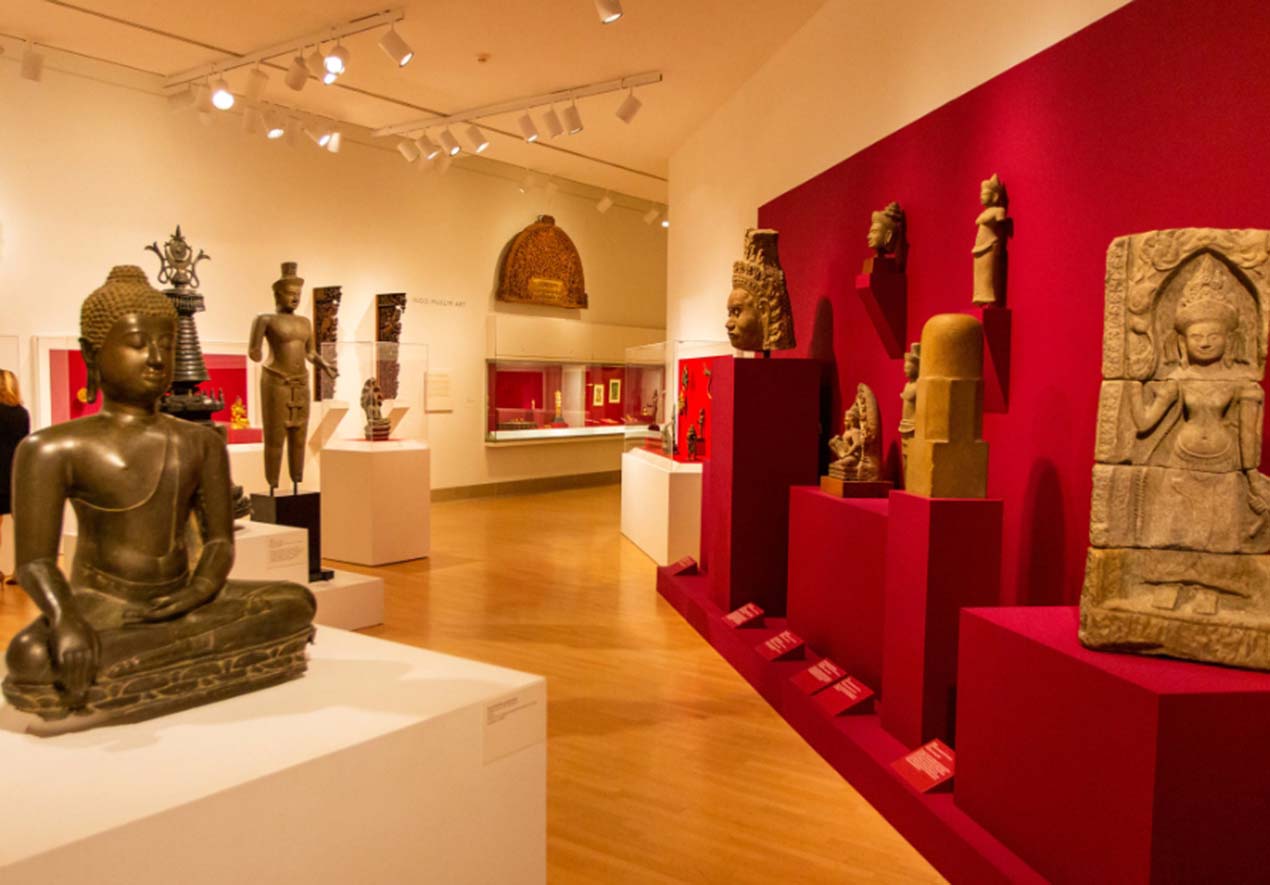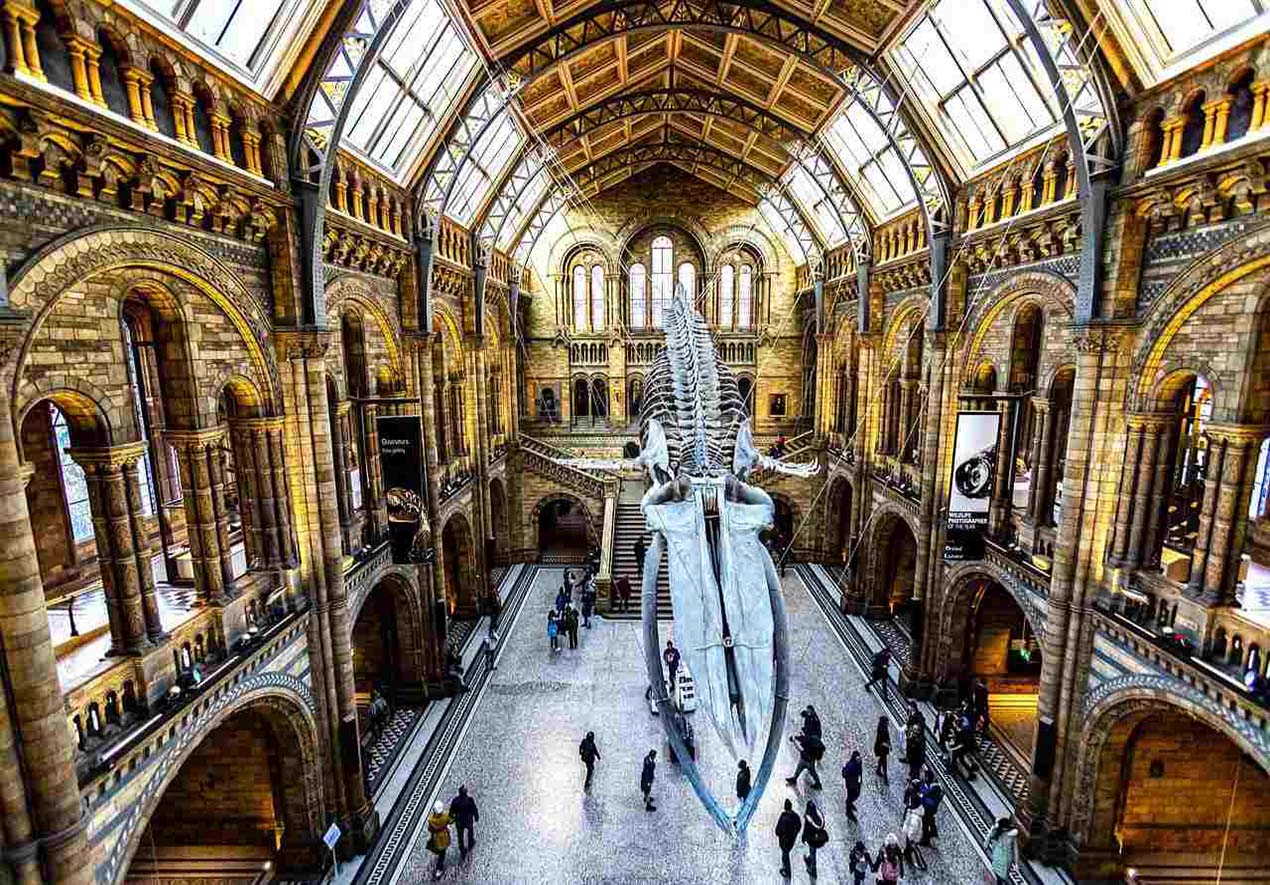Cambridge University, often referred to as “the Other Place” by its rival Oxford, is an illustrious institution that stands as a symbol of academic excellence and tradition. I had the privilege of exploring this prestigious university and immersing myself in its rich history and culture.
Visiting Locations:
1. King’s College Chapel
Location: King’s Parade, Cambridge, CB2 1ST
My visit to King’s College Chapel was a journey into the heart of English Gothic architecture and an immersion into the rich history of Cambridge University. As I approached this iconic masterpiece, I couldn’t help but be captivated by its imposing presence and the sense of reverence it commands.
Stepping through the entrance of the chapel was a transformative experience. The grandeur of the fan-vaulted ceiling that stretched high above, the intricate stained glass windows that bathed the interior in a kaleidoscope of colors, and the palpable weight of centuries of history within its sacred precincts were truly overwhelming. The sheer scale of the architecture left me in awe, and it was evident why this chapel is considered one of the crowning achievements of English Gothic design.
During my visit, I had the privilege of attending a choral evensong service, which added a unique and spiritual dimension to my exploration. The ethereal voices of the choir reverberating through the chapel’s hallowed halls created a transcendental atmosphere that left a lasting impression.
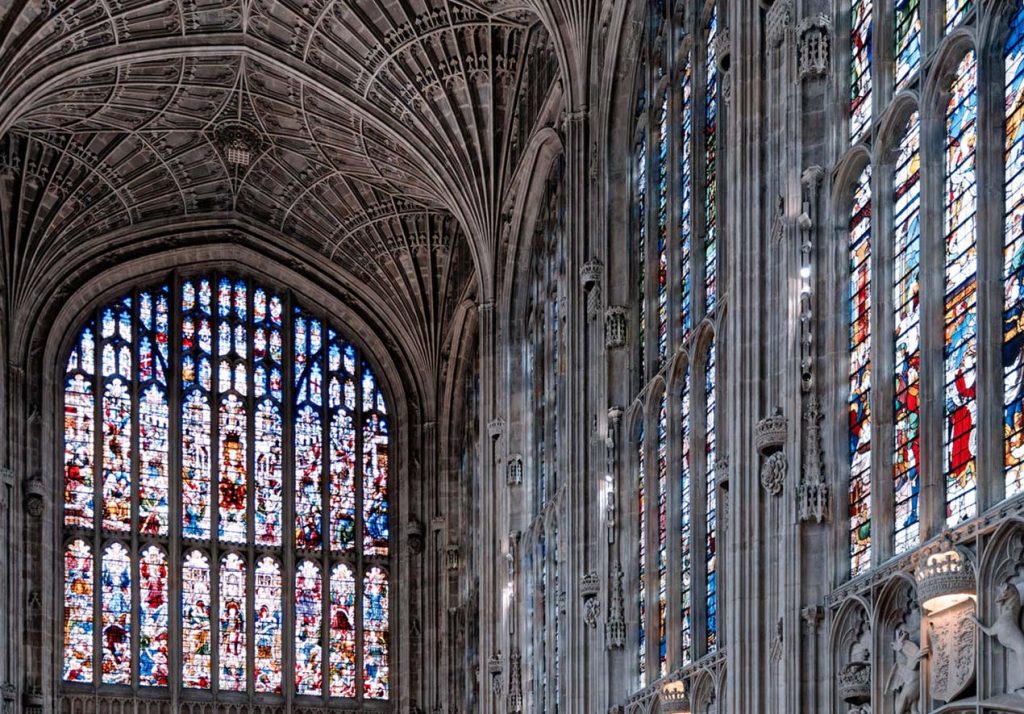
The chapel’s acoustics are second to none, which makes it a preferred venue not only for religious services but also for concerts and artistic performances. It’s a testament to the careful architectural considerations that have gone into its design.
In terms of services, it’s worth noting that while some ceremonies and services are complimentary, ordinary visitors are required to pay an entrance fee of £12, with concessions available for students and children. This fee goes towards the maintenance and preservation of this historical gem, ensuring that future generations can continue to appreciate its splendor.
The advantages of visiting King’s College Chapel are numerous. The breathtaking architecture, with its intricate details and soaring heights, offers a visual feast for anyone interested in art and history. The chapel’s historical significance as a symbol of Cambridge University and its role in shaping the city’s identity cannot be overstated. Additionally, the acoustically superior interior provides an exceptional auditory experience for those attending services or events.
However, it’s important to be aware that King’s College Chapel can get quite crowded during peak tourist seasons, especially in the summer months. To fully appreciate its grandeur and serenity, visiting during quieter times or attending one of the regular events or services can be a more rewarding experience.
For travelers coming from London, I highly recommend taking a direct train to Cambridge Railway Station. From there, it’s a leisurely stroll through the charming streets of Cambridge or a short taxi ride to reach the chapel. The journey itself offers glimpses of the city’s historical charm and picturesque surroundings.
As for booking tickets, they can be conveniently purchased in advance on the official King’s College website or at the chapel entrance. Planning ahead can help ensure a smoother and more enjoyable visit, especially during peak periods.
2. The Fitzwilliam Museum
Location: Trumpington Street, Cambridge, CB2 1RB
My visit to The Fitzwilliam Museum was a captivating journey into the heart of art and culture. This cultural treasure trove houses an extensive collection of European art and antiquities that span centuries, making it an absolute haven for art enthusiasts like myself.
As I entered the museum, I was immediately drawn into a world of resplendent beauty and historical significance. The Fitzwilliam Museum’s galleries are a sanctuary of artistic expression, and I was entranced by the diverse range of paintings, sculptures, and decorative arts on display. The sheer breadth of the collection is awe-inspiring, and I found myself navigating through the galleries as if I were embarking on a chronological and global pilgrimage of artistic achievement.
Among the museum’s highlights, the Egyptian and Greek collections stood out as extraordinary. The meticulously preserved artifacts and art from these ancient civilizations transported me back in time, allowing me to appreciate the rich history and creativity of these cultures. Each exhibit told a story, and I felt privileged to be a part of this artistic journey.
One of the most remarkable aspects of The Fitzwilliam Museum is its commitment to accessibility. Admission to the museum is free, which is a generous gesture that allows everyone, regardless of their background, to explore and appreciate the world of art. While entry is free, the museum encourages voluntary contributions to support conservation efforts and the organization of exhibitions. This dedication to both preserving and sharing art is commendable and ensures that the museum remains a cultural gem in the heart of Cambridge.
Despite its many virtues, it’s important to note that The Fitzwilliam Museum can get crowded during peak hours, particularly when tour groups and school visits are scheduled. To fully immerse yourself in the art and enjoy a more tranquil experience, I recommend planning your visit during quieter times or earlier in the day.
Getting to the museum is a breeze, thanks to its convenient location. Whether you’re exploring Cambridge on foot or by bicycle, you’ll find The Fitzwilliam Museum effortlessly accessible from the city center. For those arriving by train, Cambridge Railway Station is also within a leisurely stroll from the museum, making it a convenient stop on your itinerary.
One of the notable advantages of visiting The Fitzwilliam Museum is the absence of a need for advance booking. You can simply arrive at the museum, purchase any tickets for special exhibitions if you wish, and enjoy the world of art that awaits you. This flexibility allows you to tailor your visit to your schedule and interests.
3.The Wren Library, Trinity College
Location: Trinity College, Cambridge, CB2 1TQ
My visit to the Wren Library, nestled within the hallowed halls of Trinity College, was a journey into a world of rare books and manuscripts housed within an architectural marvel. This hidden gem within Cambridge University is a testament to the enduring power of knowledge and the beauty of historical preservation.
As I stepped into the library, I was immediately struck by the tranquil and contemplative atmosphere that enveloped the space. The interior was a testament to both architectural elegance and the careful stewardship of centuries-old literary treasures. Wooden bookshelves, meticulously crafted and polished, lined the walls and held the keys to a treasure trove of knowledge. Natural light flooded the room, creating a sense of harmony between the historical artifacts and the modern visitor.
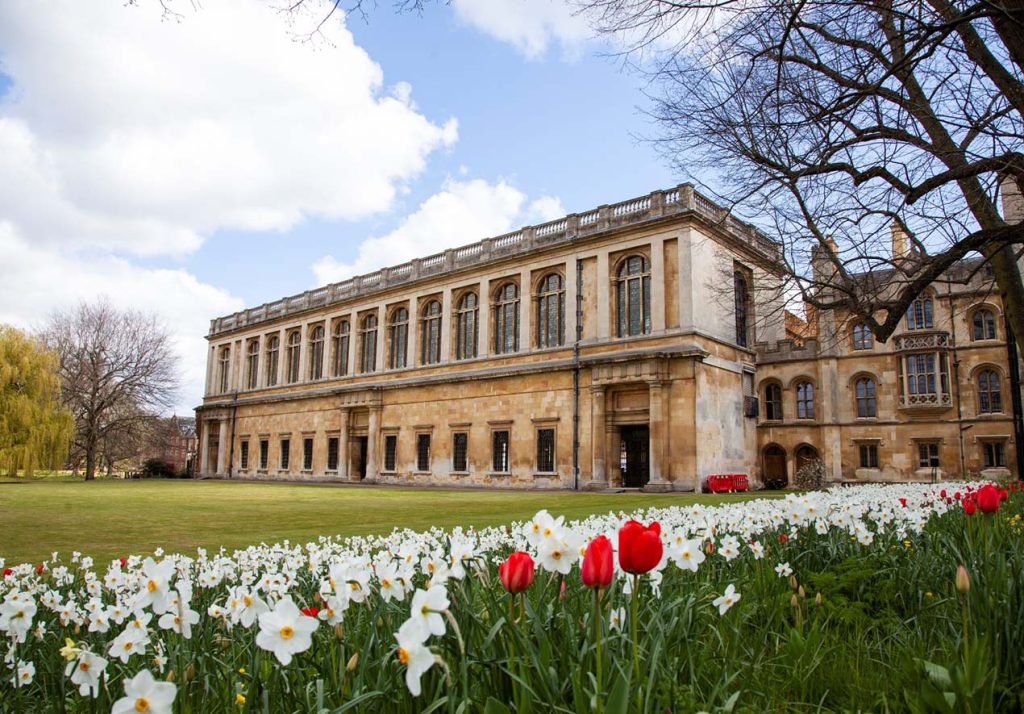
One of the highlights of my visit was the opportunity to peruse original works penned by luminaries of the past, including the likes of Isaac Newton and Lord Byron. This experience was nothing short of extraordinary, as it allowed me to connect with the intellectual giants who had contributed to the annals of human understanding. It was a reminder of the enduring value of written knowledge and the importance of preserving our intellectual heritage.
In terms of services, access to the Wren Library is included within the admission fee for Trinity College, which amounted to £10 during my visit. This inclusionary approach ensures that visitors have the opportunity to explore this hidden gem without additional charges, making it a valuable addition to any visit to Trinity College.
The advantages of visiting the Wren Library are numerous. Its unique historical artifacts, including rare books and manuscripts, offer a window into the past and a chance to appreciate the intellectual achievements of bygone eras. The library’s serene ambiance fosters an environment conducive to both scholarly contemplation and aesthetic admiration, making it a versatile destination for a wide range of visitors.
However, it’s important to note that access to the Wren Library may be limited during certain hours or on specific days.
Getting to Trinity College is convenient, as it is located in the heart of Cambridge. The college can be easily traversed on foot or by bicycle, allowing you to soak in the city’s historic charm as you approach your destination. Additionally, guided tours of the college are readily available and offer a comprehensive introduction to its history and significance. If you’re keen on exploring the library and other facets of Trinity College, consider checking their website for open days that facilitate access to these hidden treasures.
Booking access to the Wren Library or guided tours can be done conveniently on the Trinity College website or in person. Planning ahead and securing your visit in advance can help ensure a smooth and enriching experience.
Recommended Sites:
1. The Mathematical Bridge, Queens’ College
Location: Queens’ College, Cambridge, CB3 9ET
The Mathematical Bridge, lodged within Queens’ College, stands as a testament to structural ingenuity. It offers an idyllic locale for a contemplative promenade.
The bridge’s unique design and the serene surroundings of Queens’ College make it a delightful spot for a leisurely walk. It’s a charming place to capture some photos and appreciate the college’s picturesque setting.
Services: Admission to the bridge and college grounds may vary, so it’s advisable to check the Queens’ College website or inquire locally for current access policies.
Getting There: Queens’ College is easily accessible on foot from the city center, and it’s a pleasant walk along the River Cam.
Booking Platform: Check the official Queens’ College website for visitor information and access details.
2. St. John’s College Chapel and Bridge of Sighs
Location: St. John’s College, Cambridge, CB2 1TP
St. John’s College Chapel and the iconic Bridge of Sighs are architectural marvels within St. John’s College. They offer a glimpse of Cambridge’s historic charm.
Exploring the magnificent St. John’s College Chapel and meandering through the picturesque environs of the college, including the famed Bridge of Sighs, is a delightful experience. The chapel’s interior is a breathtaking sight, and the college’s ambiance is serene.
Services: Admission policies for St. John’s College may vary, so it’s advisable to check their official website or contact the college directly for access details.
Getting There: St. John’s College is conveniently located in the city center, making it easily accessible on foot or by bicycle.
Booking Platform: Visit the official St. John’s College website for visitor information and access details.
3. Anglesey Abbey
Location: Anglesey Abbey, Lode, Cambridge, CB25 9EJ
Anglesey Abbey, positioned a stone’s throw from Cambridge, is a National Trust estate boasting a historic house, resplendent gardens, and an operational watermill.
A visit to Anglesey Abbey is a journey through time. Exploring the historic house, wandering through the meticulously maintained gardens, and witnessing the operational watermill are all captivating experiences. Don’t forget to visit the Winter Garden for a splash of color even in the colder months.
Services: Anglesey Abbey is a National Trust property, and admission fees may apply. However, National Trust members can enter for free.
Getting There: Anglesey Abbey is a short drive from Cambridge city center. Alternatively, you can take a bus or taxi to reach this scenic location.
Booking Platform: You can check the National Trust website for visitor information and access details.
4. Fellows’ Garden, Clare College
Location: Clare College, Cambridge, CB2 1TL
The Fellows’ Garden at Clare College offers a tranquil interlude amidst the serene surroundings, affording beguiling vistas of the River Cam.
The Fellows’ Garden is a peaceful oasis in the heart of Cambridge. It’s an excellent spot to take a break, enjoy the views of the River Cam, and soak in the tranquility. The well-maintained gardens and serene ambiance make it a hidden gem.
Services: Access to the Fellows’ Garden may vary, so it’s advisable to check Clare College’s official website or inquire locally for visitor information.
Getting There: Clare College is conveniently located in the city center, and the Fellows’ Garden is easily accessible on foot.
Booking Platform: Visit the official Clare College website for visitor information and access details.
My visit to Cambridge University was an enriching experience that allowed me to explore the institution’s rich history, culture, and architectural wonders. The three locations I personally visited—King’s College Chapel, The Fitzwilliam Museum, and The Wren Library, Trinity College—provided me with a profound appreciation for the university’s heritage and contributions to academia. Additionally, the four recommended sites—The Mathematical Bridge, Queens’ College; St. John’s College Chapel and Bridge of Sighs; Anglesey Abbey; and Fellows’ Garden, Clare College—offer visitors unique and captivating experiences that showcase the diverse offerings of Cambridge University.
Whether you’re interested in history, art, architecture, or simply enjoying the beauty of tranquil gardens, Cambridge University has something to offer every traveler. Remember to check specific details, such as opening hours and admission fees, on the respective websites or at the locations themselves before planning your visit. Cambridge is a city steeped in history and culture, and exploring its university is a journey well worth embarking upon.
